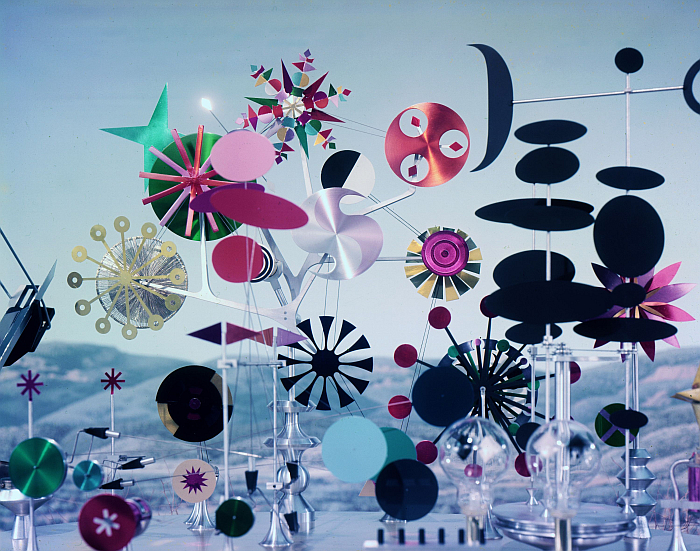In Shakespeare's A Winter's Tale Perdita bewails that she has no "flowers o’ th’ spring" to make garlands for, and to strew over, her beloved Florizel; "flowers o’ th’ spring" including violets, primroses, oxlips or "daffodils, That come before the swallow dares, and take the winds of March with beauty".
Whereby in her infatuation with, and fearless youthful love for, Florizel, Perdita fails to appreciate that it wasn't fear of the winds of March that kept the swallows away, swallows love a stiff wind; rather that they are all in architecture and design museums enjoying the new blush of exhibitions that invariably blooms forth every March. As should she and Florizel, for the shared experience of an architecture and design exhibition is a more sustainable and resilient conduit to maintaining the thrill of young love than a violet, primrose, oxlip or daffodil that will soon wilt and fade.
Our six, yes six, 'exhibitions o’ th’ spring' opening in March 2024 for swallows, lovers, Elizabethans, and us all, can be found in Hamburg, Vienna, New York, London, Paris and Weil am Rhein......
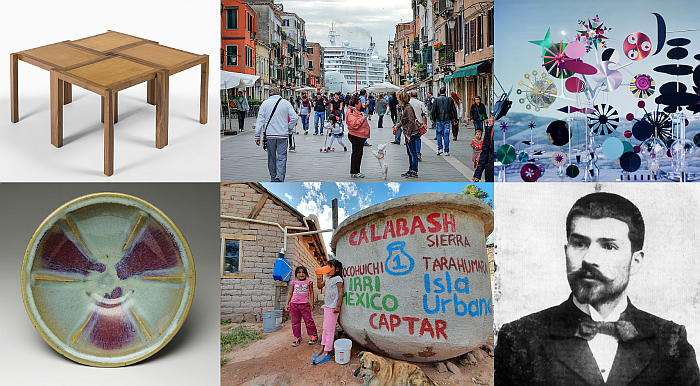
For all that water is that thing that makes life on earth possible, that thing we all, be we fauna or flora, rely on, human society hasn't had the healthiest of relationships with water of late. Or the healthiest water. And by extension neither has all the other earthly fauna and flora that relies on water. And going forward things are potentially going to get worse as not only global warming means locations will either become desertified or flooded but as both industry and agriculture's insatiable thirst sees ever less potable water available and also global population growth and the densification of urban centres puts increasing demands on already overextended sanitation and supply systems.
But going forward things don't have to get worse. It's not inevitable. They could get better. A possibility Hamburg's Museum für Kunst und Gewerbe, together with London based Jane Withers Studio, will seek to approach and discuss in Water Pressure via a presentation of some 75 international design, architecture, art and science projects which concern themselves with various aspects of not only our sourcing, use and managing of water but also our relationships with water.
A presentation which in the course of its five chapters, including a brief excursion to contemporary realities and challenges in Hamburg, a city not only physically built on water but which owes its relevance and wealth to water, and which as such will owe its future to its and our relationships with water, should not only help highlight the urgency of the need to engage with the myriad themes of water, and the roots of those themes, more seriously, but should also help underscore the global nature of not only the challenges faced but of the search for solutions.
Water Pressure. Designing for the Future is scheduled to open at the Museum für Kunst und Gewerbe, Steintorplatz, 20099 Hamburg on Friday March 15th and run until Sunday October 13th. Further details can be found at www.mkg-hamburg.de
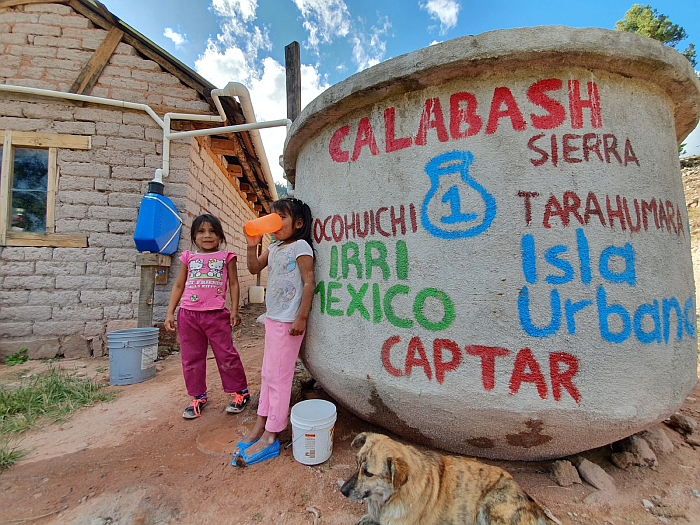
It doesn't matter at what time of year you visit Vienna it will be full of tourists from all corners of the globe, of that you can be certain. And not just it's capital, Austria as a whole is, invariably, full of tourists; for while not Switzerland it is a nation home to the same 19th century mountain gazes, 19th century lake gazes, 19th century forest gazes, 19t century grazing cattle gazes, 19th century tourist gazes, 20th century tourist gazes, 21st century tourist gazes that are at the root of contemporary mass tourism. A mass tourism that threatens to not only destroy those gazes, but to fatally disrupt the fabric of society, and, arguably, to diminish our appreciations and understandings of the planet and our human (hi)story through reducing it all to a generalisation that can be posted on social media alongside untold identical posts. And a mass tourism that is, as we all know but refuse to accept, an important contributor to our contemporary climate emergency.
With Toourism the Architekturzentrum Vienna aim to approach not only the varied and various problems of contemporary global mass tourism and the sources of those problems, but to question and explore what can be done, primarily in context of architecture and spatial planning. But also in wider contexts.
Now you know us, we love a word play, take extreme delight in the free tinkering of words by way of advancing appreciations, abhor the misappropriation of words for nefarious purposes, never knowingly let a pun go unused, and we doff our collective caps to the Architekturzentrum Vienna who have developed truly joyous German and English titles for the exhibition: Über Tourismus and Toourism. Names that alone mean the Architekturzentrum Vienna have earned your patronage this summer. But as luck would have it, the context sounds not only interesting and informative, but important. Not least in helping underscore the conflict inherent in travelling to Vienna to view an exhibtion about the problems of mass tourism: a conflict that should also help underscore that all who are part of the problem, are also part of the solution. And not just in terms of Toourism.
Toourism is scheduled to open at the Architekturzentrum Wien, Museumsplatz 1, 1070 Vienna on Thursday March 21st and run until Monday September 9th. Further details can be found at www.azw.at
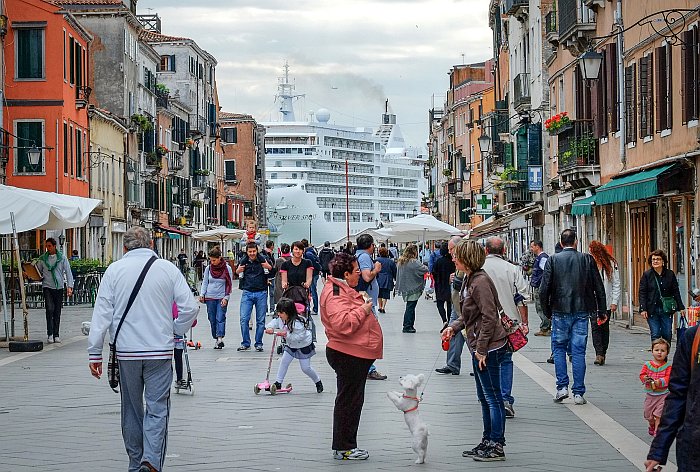
As we implied in context of Cuban-Mexican designer Clara Porset the Museum of Modern Art, MoMA, New York weren't always the most open, most altruistic, in advancing the cause of design and designers in the "twenty other American republics" in the middle of the 20th century. Similarly the decision in ca. 1960 by Alexander Girard to commission Charles and Ray Eames to design the chairs for the Central and South American themed La Fonda del Sol restaurant in New York rather than commission a designer from the "twenty other American republics", for all in context of the care Girard had taken integrating creatives from the "twenty other American republics" in the rest of the interior, highlighting the fact that while in the years during and after the 1939-45 War Central and South America, for all Mexico, was a popular holiday destination for North Americans there wasn't a great deal of interest in the contemporary culture of the region. Contemporary culture in the "twenty other American republics" wasn't something particularly valued in the 'only republic of America that is relevant'.
An ignoring of the talents and contemporary culture in the "twenty other American republics" in the mid-20th century that the MoMA seek to attempt to start to make amends for, and reflect upon, including reflecting on their own role in that (hi)story, in context of a presentation of some 100 objects from primarily, but not exclusively, Argentina, Brazil, Chile, Colombia, Mexico and Venezuela. A presentation that in addition to introducing creatives such as, and amongst many others, Michael van Beuren, Miguel Arroyo, Lina Bo Bardi, Susi Aczel or Clara Porset, also promises to explore the role of vernacular craft in the development of Modernist approaches, the rise of industrial production in Central and South America and also the development of domestic interiors in the region.
An exploration that should help underscore the heterogeneity of the period, should help a great many largely anonymous creatives regain their place in design (hi)story but for all should allow for the development of more probable appreciations on the (hi)story of design in the "twenty other American republics". Which wouldn't have been so necessary had it been taken as seriously in 1940-1980 as it should have been.
Crafting Modernity. Design in Latin America, 1940–1980 is scheduled to at the Museum of Modern Art, 11 West 53 Street, Manhattan, New York, New York, 10019 on Friday March 8th and run until Sunday September 22nd. Further details can be found at www.moma.org
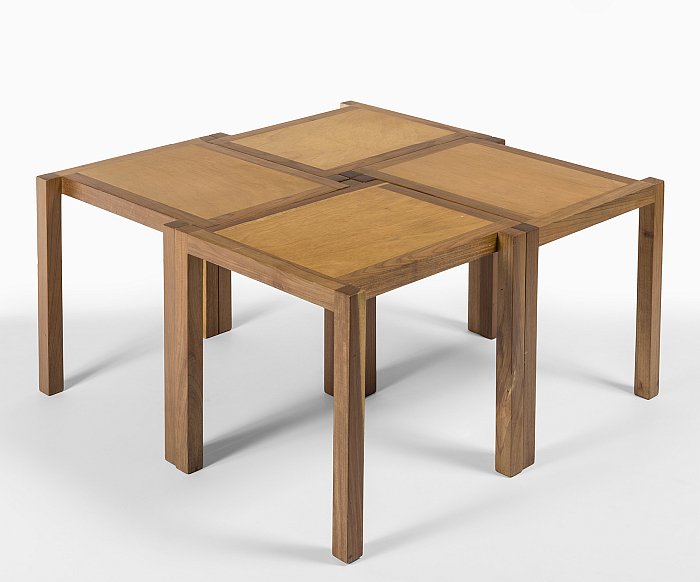
The creative discourses between Japan and Europe, and between Japan and the USA, certainly that discourse since Japan ended its Sakoku period of enforced self-isolation in 1853, has not only been one of the more important and influential factors in the development of cultural expressions of all genres in all nations involved, but is also highly informative in context of the insights offered to the development of cultural expressions and creative genres. And by extrapolation to the development of cultures and societies.
One such dialogue is and was that between the Arts and Crafts movement of late 19th/early 20th century Great Britain and the Mingei movement of early 20th century Japan.
A Mingei movement that, as with Arts and Crafts, was as much a philosophical position as it was a creative approach, a Mingei movement that, as with Arts and Crafts, is more regularly objectified than it is explored. And a Mingei movement that the William Morris Gallery will aim to approach in Art Without Heroes in the course of three chapters exploring and discussing: the 19th century craft that served as the basis for Mingei's response to the increasing industrialisation of the period, and the romanticised idealisation of that craft and time past inherent in much Mingei, and much Art and Crafts; the rise and establishment of Mingei in the early years of the 20th century, for all in context of the three leading protagonists of the movement, the Japanese philosopher and critic Yanagi Sōetsu, the Japanses potter Hamada Shōji and the English potter Bernard Leach; and 21st century interpretations and incarnations of not just Mingei but the positions, ideals and approaches of Mingei. And romanticising of Mingei? 21st century interpretations and incarnations as we face up to our own challenges brought about by, forced by, that same industrialisation that informed the development of Mingei.
And thus a presentation which should not only allow for the development of more nuanced appreciations of Mingei past, present and future, nor only allow insights into how Mingei influenced design discourses in post-Arts and Crafts Britain, but which should also allow for more nuanced appreciation of the role, function an importance of dialogue and discourse.
Art Without Heroes. Mingei is scheduled to open at the William Morris Gallery, Lloyd Park, Forest Road, Walthamstow, London, E17 4PP on Saturday March 23rd and run until Sunday September 22nd. Further details can be found at www.wmgallery.org.uk
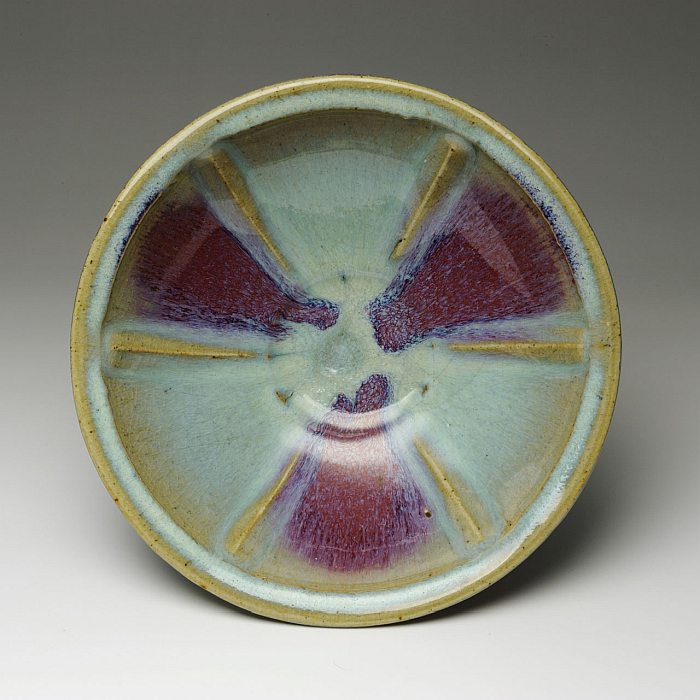
Born in the village of Hobița, southern Romania, in 1876 Constantin Brâncuși studied at the Școala Națională de Arte Frumoase, Bucharest, the contemporary National University of Arts, Bucharest, before in 1904 settling in Paris, where, in 1907, he enrolled in the École nationale supérieure des beaux-arts, and began a professional career that not only saw him evolve and develop the sculptural positions of an Auguste Rodin, one of his key influences, and an instigator of a Modern sculpture that Brâncuși would fundamentally evolve, develop and inform, but also saw him incorporate aspects of, and amongst other sources, the artist Paul Gauguin, ancient Aegean art or vernacular Romanian architecture in his approach and positions and thereby further assisting sculpture to move beyond that which had once been. And to achieve a relevance in, and relationship with, the everyday it historically hadn't possessed.
And a career which also saw Brâncuși, Brâncuși's works, Brâncuși's positions, Brâncuși's approaches, increasingly influence not just sculpture but all creative genres not least architecture and design.
Promising a presentation of some 200 works by Brâncuși backed up a photographs, drawings, diaries, letters, etc via which the curators aim to introduce and explore Brâncuși's inspirations, motivations, innovations, approaches and also the contemporary circles in which he moved and the creatives with whom he stood in contact, a list that includes, and amongst many others, Marcel Duchamp, Fernand Léger, Man Ray or Amedeo Modigliani, Brancusi should also allow for fresh insights into Brâncuși legacy and ongoing relevance. Not only in sculpture but also in architecture and design.
Brancusi is scheduled to open at Centre Pompidou, Place Georges-Pompidou, 75004 Paris on Wednesday March 27th and run until Monday July 1st. Further details can be found at www.centrepompidou.fr
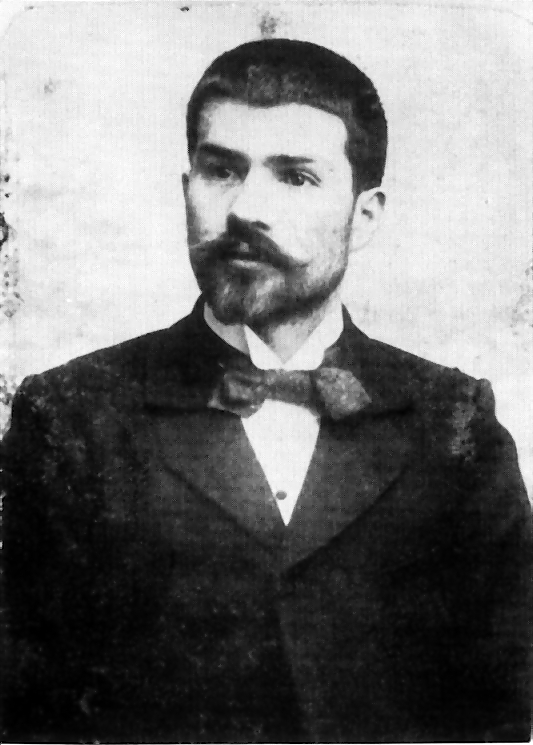
Ever since Neanderthals first harnessed the destructive force of fire for their benefit the human species, and its forbearers, has been dependent on energy sources to power our world. But for the greater part of that (hi)story we were so focussed on the powering our world part, we forgot about the destructive bit. That has changed, is changing, slowly. As are acceptances of the realities of the complex global geopolitical structures in which we seem doomed to forever reside. Changes of perspective which are, slowly, leading to heightened appreciations of the need to consider in more detail not only our collective and individual energy consumptions but also how and where and why we source that consumption.
With Transform! Designing the Future of Energy the Vitra Design Museum promise an exploration of those contemporary considerations, and how they can be achieved, via a presentation of international product design, speculative design and architectural design projects alongside that which are, worryingly, referred to as "visionary future concepts", because as (hi)story proves nothing helps quite like the yearning after a Utopia.
A presentation that in its scope and variety should not only help underscore the role design and designers have had in the rise and persistence of the problems of contemporary energy provision and use and thereby the role design and designers have in the solutions, but through the insights afforded could, should, also contribute to aiding a speeding up of considerations on how and where and why we, individually and collectively, source and consume energy and thereby assist in advancing the changes in our relationships to energy that need to occur if the fire of the Neanderthal isn't to engulf us all.
Transform! Designing the Future of Energy is scheduled to open at the Vitra Design Museum, Charles-Eames-Str. 2, 79576 Weil am Rhein on Saturday March 23rd and run until Sunday September 1st. Further details can be found at www.design-museum.de
